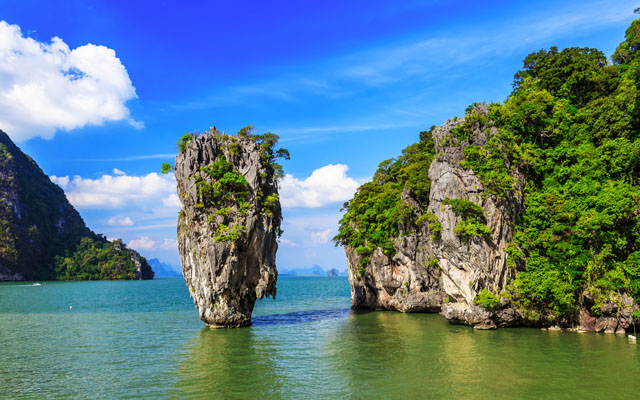European travellers have turned out to be Southern Thailand’s strongest tourism drivers, pushing up hotel performance to record-breaking levels while staying for weeks at a time.
According to a Bangkok Post report, tourists from Russia, Scandinavia and Germany, drawn to the region’s natural beauty, are the main contributors to an occupancy rate of 90 per cent or higher.

Pongsakorn Ketprapakorn, former president of Phang Nga Tourism Council, said: “Many hotels in the province, especially in Khao Lak, can charge higher room rates of between 6,000 baht (US$168.50) and 10,000 baht per night, exceeding the average of 5,000 baht in 2019.”
Ketprakorn explained that despite the surge in Chinese arrivals – nearly a fifth of all arrivals in 2023 – Phang Nga has no real access to a consumer base attracted to beach holidays and urban entertainment. The tourism sector contributes only between five and 10 per cent to the province’s economy.
Hotels in Krabi have also benefitted from long-term European visitors.
Charintip Tiyaphorn, owner of Pimalai Resort and Spa at Koh Lanta of Krabi, told the media that Chinese tourists were unable to secure any rooms during the Lunar New Year holidays, because it was 90 per cent booked by Europeans who had made their reservations up to 180 days in advance, beating out Chinese guests who tend to book closer to their travel time.
The strong advance demand allowed Pimalai Resort and Spa to punch up rates to in excess of 900 baht across all accommodation types.
Despite the Thai government’s enthusiastic embrace of China as key source markets with high-profile schemes to bolster the kingdom’s tourism industry, local tourism players believe that flight shortages and the destination profile of Southern Thailand may have dampened the potential for Chinese arrivals growth.
A Krabi Tourism Association spokesperson pointed to a shortage in direct flights from China to Krabi. Prior to Covid-19, the region had traffic from five cities in China.
Freelance travel agent, Lek Nawat, told TTG Asia that Chinese travellers were still more drawn to “established tourist centres, like Bangkok, Pattaya and Phuket, where some of them feel more secure and confident” about moving around.
She explained: “Chinese tourists are still quite cautious when it comes to travel. Less well-known destinations raise lots of questions regarding activities, food, health and safety, and whether they can use digital payments. Never underestimate the importance of WeChat. There is also a lack of demand to visit (places) perceived to be off the beaten path.”




















